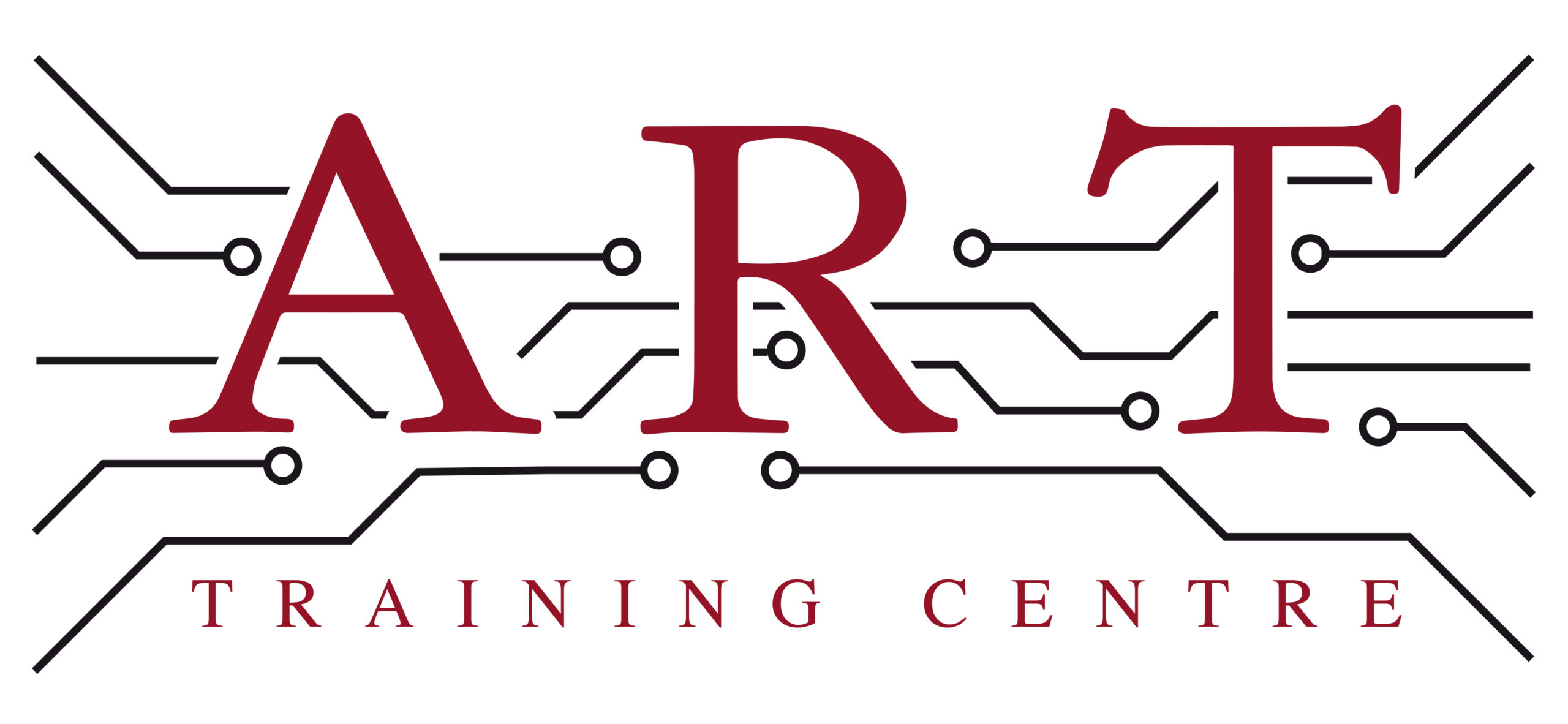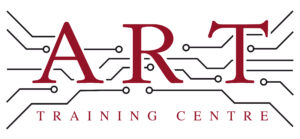Definition
Stencil Printing is a process used in electronics manufacturing to apply solder paste onto printed circuit boards (PCBs). It involves using a stencil, which is a thin sheet with openings that correspond to the pads on the PCB. Solder paste is spread over the stencil, filling the openings, and when the stencil is removed, the paste remains on the PCB in precise locations. This method is crucial for ensuring accurate solder application, which is essential for reliable electronic connections.
How It’s Used in the Industry
In electronics assembly, Stencil Printing is typically the first step in the soldering process for PCBs. The technician places the stencil over the PCB and applies solder paste using a squeegee. This paste fills the stencil openings, creating a precise pattern on the board. After the stencil is removed, the PCB is subjected to reflow soldering, where heat melts the paste, forming solid solder joints. This process is vital for both new assembly and rework, ensuring that components are securely attached to the board. For trainees and experienced professionals alike, mastering stencil printing is key to achieving high-quality solder joints and reliable electronic devices.
History & Origins
Stencil Printing became common in electronics manufacturing in the 1980s, coinciding with the rise of surface mount technology (SMT). As electronic components became smaller and more complex, traditional soldering methods were no longer adequate. The development of IPC standards helped standardise the stencil printing process, ensuring consistency and quality across the industry. Advances in materials and printing techniques also contributed to its adoption, making stencil printing an essential method for efficient and precise solder paste application in modern electronics manufacturing.
Variations
There are several variations of Stencil Printing, including laser-cut stencils, electroformed stencils, and thick film stencils. Laser-cut stencils are made using high-precision lasers, allowing for intricate designs and tighter tolerances. Electroformed stencils offer improved durability and finer apertures, making them suitable for high-volume production. Unlike screen printing, which can be less precise, stencil printing provides a more accurate and controlled application of solder paste, leading to better quality and performance in electronic assemblies.
Modern Applications
Today, Stencil Printing is integral to the production of both surface mount and through-hole components in electronics manufacturing. It is widely used in the assembly of consumer electronics, automotive systems, and medical devices. Compliance with IPC standards ensures that the solder paste application meets industry quality benchmarks, which is critical for the reliability and performance of electronic products. Additionally, stencil printing is a key focus in professional training programs, highlighting its importance in both new assembly and repair processes.
Practical Tips & Training
When working with Stencil Printing, it is essential to ensure proper alignment of the stencil with the PCB to avoid misapplications. Regular inspection of the stencil and solder paste is crucial for maintaining quality. Using tools such as a solder paste inspection system can help identify defects early. Structured training and certification in stencil printing techniques are vital for technicians to develop their skills and ensure adherence to safety standards and industry best practices.


